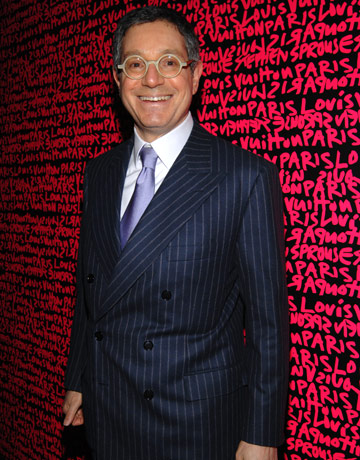Earlier this year, I let news from the Toledo Museum of Art pass without notice, but now I’m going back to it. It’s not about art; it’s about the environment.
 The museum said that after 20 years of green initiatives, its main building (left) went completely off the electricity grid and actually returned excess power it was generating to the electrical system on May 21. For a 101-year-old building, that’s a real achievement.
The museum said that after 20 years of green initiatives, its main building (left) went completely off the electricity grid and actually returned excess power it was generating to the electrical system on May 21. For a 101-year-old building, that’s a real achievement.
Using what the museum calls “sustainable energy practices such as solar power, energy-efficient lighting, micro turbines and chillers,” the museum has cut operating costs by hundreds of thousands of dollars over the years. Electrical usage in the museum’s main building has been cut by 79%. According to the press release:
The latest addition to the Museum’s green arsenal is a 360 kilowatt-hours (kW) solar canopy installed over a large portion of the newly renovated main parking lot. The canopy provides nearly double the renewable energy than the solar arrays on the roof of the main Museum (the roof project alone, started in 2008, ranks as one of the largest solar panel installations in Ohio). The electricity generated by the system will provide up to half of the 250,000-square-foot building’s needs on a sunny day, and will cut annual grid consumption by almost a quarter.
Led by Carol Bintz, chief operating officer, and Paul Bernard, director of the Museum’s physical plant, TMA is the only museum in Ohio – and one of only a handful in the nation – to institute these practices.
Bernard also said that “It only took two months for some of the changes to start paying for themselves.” You can read more details on Toledo’s green initiatives here. A publication called Building Green covered the accomplishment, and provided a few more details, here.
I know, this isn’t as sexy as other posts, but it’s important nonetheless.
Photo Credit: Courtesy of the Toledo Museum



